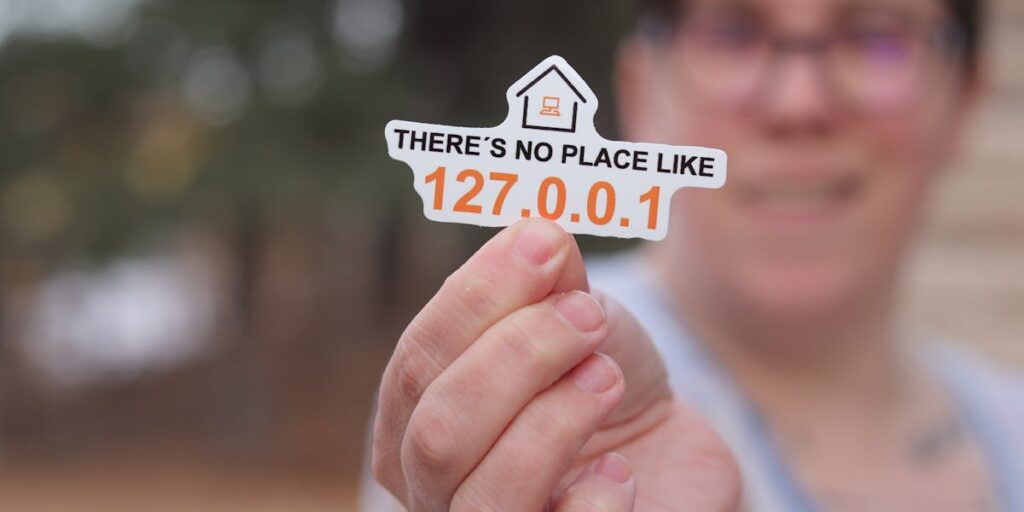Convert the Following Numbers as Stated
(i) Decimal 64.005125 to Binary
To convert the decimal number 64.005125 to its binary equivalent, we handle the integer and fractional parts separately.
Integer Part: 64
- Divide 64 by 2 repeatedly and record the remainders:
| Division by 2 | Quotient | Remainder |
|---|---|---|
| 64 ÷ 2 | 32 | 0 |
| 32 ÷ 2 | 16 | 0 |
| 16 ÷ 2 | 8 | 0 |
| 8 ÷ 2 | 4 | 0 |
| 4 ÷ 2 | 2 | 0 |
| 2 ÷ 2 | 1 | 0 |
| 1 ÷ 2 | 0 | 1 |
- Reading the remainders in reverse order: 1000000
Fractional Part: 0.005125
- Multiply the fractional part by 2 and record the integer part:
| Multiplication by 2 | Result | Integer Part |
|---|---|---|
| 0.005125 × 2 | 0.01025 | 0 |
| 0.01025 × 2 | 0.0205 | 0 |
| 0.0205 × 2 | 0.041 | 0 |
| 0.041 × 2 | 0.082 | 0 |
| 0.082 × 2 | 0.164 | 0 |
| 0.164 × 2 | 0.328 | 0 |
| 0.328 × 2 | 0.656 | 0 |
| 0.656 × 2 | 1.312 | 1 |
| 0.312 × 2 | 0.624 | 0 |
| 0.624 × 2 | 1.248 | 1 |
- Collecting the integer parts: 00000001
Combining both parts, the binary representation of 64.005125 is approximately: 1000000.00000001
—
(ii) Decimal 2376 to Hexadecimal
To convert the decimal number 2376 to hexadecimal:
- Divide 2376 by 16 and record the remainders:
| Division by 16 | Quotient | Remainder |
|---|---|---|
| 2376 ÷ 16 | 148 | 8 |
| 148 ÷ 16 | 9 | 4 |
| 9 ÷ 16 | 0 | 9 |
- Reading the remainders in reverse order: 948
Therefore, the hexadecimal representation of 2376 is: 948
—
(iii) Character ‘A’ and ‘Z’ to ASCII and Unicode Hexadecimal CFE9A to Binary
Character ‘A’:
- ASCII Code: 65
- Unicode Code Point: U+0041
- Binary Representation: 01000001
Character ‘Z’:
- ASCII Code: 90
- Unicode Code Point: U+005A
- Binary Representation: 01011010
Unicode Hexadecimal CFE9A to Binary:
- Hexadecimal: CFE9A
- Binary: 1100 1111 1110 1001 1010
Therefore, the binary representation of Unicode hexadecimal CFE9A is: 11001111111010011010
—





